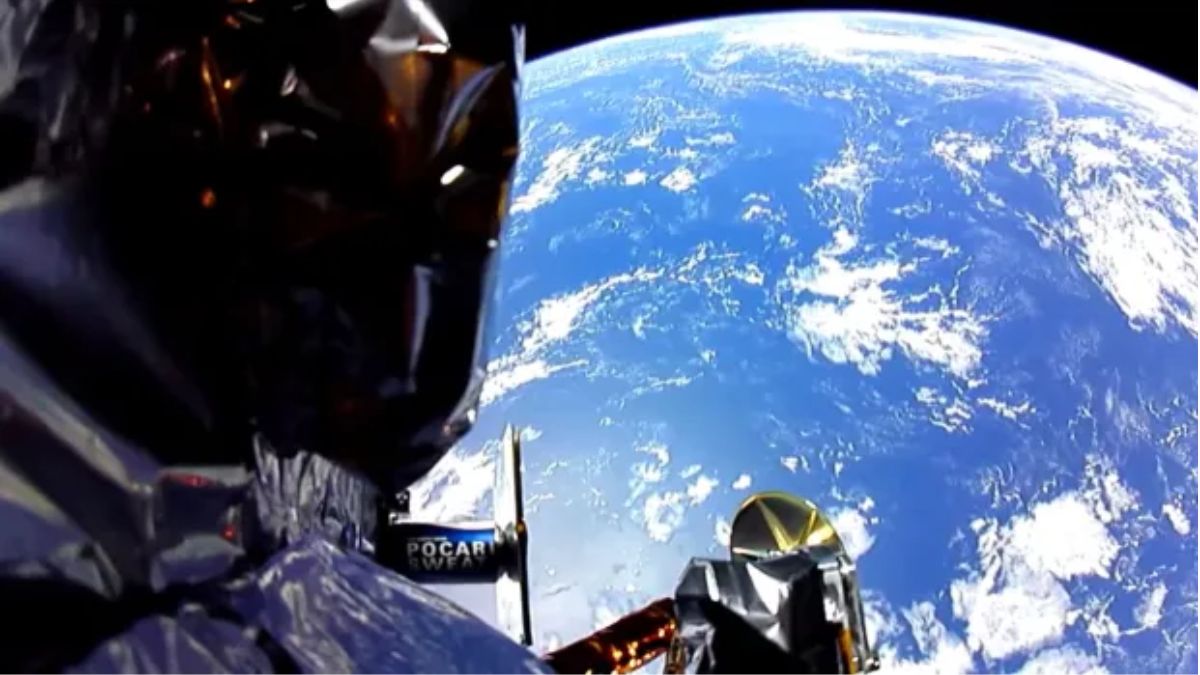
Astrobotic's Peregrine lunar lander encountered bo...

 Small Magellanic Cloud[/caption]
Picture Courtesy: ESA/Hubble
The SMC is much larger than this particular photograph. The Small Magellanic Cloud is home to hundreds of millions of stars, but this image only emphasizes a small portion of them, according to Hubble researchers. The open cluster NGC 376, which has a total mass of just approximately 3,400 times that of the Sun, is made up of these stars. As the name implies, open clusters are loosely connected and sparsely populated.
Pioneer Henrietta Leavitt observed a type of variable star known as a Cepheid variable at the SMC, which is where she made one of the most significant discoveries in the history of astronomy. Researchers can predict how bright a star would be based on its pulsing after Leavitt demonstrated that these stars have a fixed link between how brightly they light and how frequently they pulse. Researchers can precisely determine a Cepheid variable's distance by comparing its luminosity to the brightness that is actually measured. As a result, astronomers may measure distances inside the cosmos using these stars as distance markers.
Small Magellanic Cloud[/caption]
Picture Courtesy: ESA/Hubble
The SMC is much larger than this particular photograph. The Small Magellanic Cloud is home to hundreds of millions of stars, but this image only emphasizes a small portion of them, according to Hubble researchers. The open cluster NGC 376, which has a total mass of just approximately 3,400 times that of the Sun, is made up of these stars. As the name implies, open clusters are loosely connected and sparsely populated.
Pioneer Henrietta Leavitt observed a type of variable star known as a Cepheid variable at the SMC, which is where she made one of the most significant discoveries in the history of astronomy. Researchers can predict how bright a star would be based on its pulsing after Leavitt demonstrated that these stars have a fixed link between how brightly they light and how frequently they pulse. Researchers can precisely determine a Cepheid variable's distance by comparing its luminosity to the brightness that is actually measured. As a result, astronomers may measure distances inside the cosmos using these stars as distance markers.
Leave a Reply






